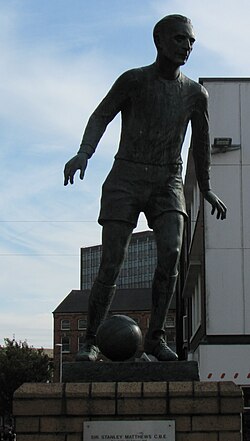| Penkhull | |
|---|---|
 The Greyhound Inn | |
 Flag | |
Location within Staffordshire | |
| Population | 6,518 (2011.Ward. Penkhull and Stoke) [1] |
| OS grid reference | SJ868448 |
| Unitary authority | |
| Ceremonial county | |
| Region | |
| Country | England |
| Sovereign state | United Kingdom |
| Post town | STOKE-ON-TRENT |
| Postcode district | ST4 |
| Dialling code | 01782 |
| Police | Staffordshire |
| Fire | Staffordshire |
| Ambulance | West Midlands |
| UK Parliament | |
Penkhull is a district of the city of Stoke-on-Trent, Staffordshire, England, part of Penkhull and Stoke electoral ward, and Stoke Central parliamentary constituency.
Contents
- Etymology
- History
- The Church
- Music and Performing Arts
- Notable people
- Sport
- References
- External links
Penkhull is a conservation area, and includes Grade II listed buildings such as the church and Greyhound Inn public house. [2]



